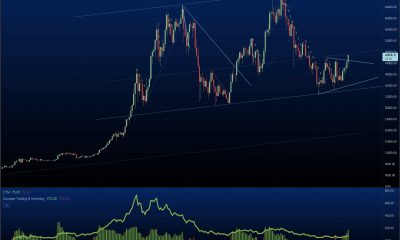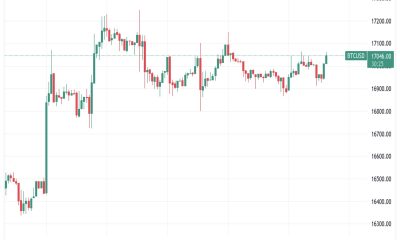Cryptocurrency News
How Cryptocurrency Investors Allocate Capital in 2020?

Cryptocurrency markets are changing and alongside them, investors are adjusting the way they invest. Given the extreme financial conditions, we have this year, doubled by the fact nobody knows yet how cryptocurrencies will perform during an economic downturn, there are a few important details to take into account before investing in crypto. Although few investors share their rules-based systems, how cryptocurrencies have performed so far is indicative of how capital had been flowing since the year started.
# Large-cap tokens accumulation
Large-cap tokens continue to dominate the market, suggesting investors are not yet willing to take risks with small altcoins. Although promising projects had been launched, the risk aversion sentiment still interferes with the mindset of investors. As a result, cryptocurrencies like Bitcoin, Ether, or Litecoin had been the main beneficiaries in 2020, consolidating their market share.
We must not forget altcoins were not benefiting from a positive image in 2019, following the bear market of 2018, which exposed the level of scam in the industry. The likelihood of a capital shift towards risker tokens seems unlikely right now, considering more trouble could lie ahead for the global financial markets.
# Solid fundamentals
When things go south, fundamentals start to play a leading role in the investment decision-making process. If in 2017, the capital was pouring into new ICOs, just because they promised staggering returns, not things had changed and capital preservation is the leading purpose. Investors must know how a particular project might be successful and at the same time, how a token can go up in the future.
The speculative nature alone won’t lead to sustainable gains, which means the token must be backed by solid fundamentals. Blockchain upgrades or improvements, new technology features, adjustments to the supply of tokens, and many other measures can have a major impact on market valuations.
# Protection against downside risks
As strange as it might seem, some investors had been using cryptocurrencies as a hedge this year. With central banks printing money, fiat currencies are under heavy pressure and currency debasement seems to be the only way out of the current economic downturn. This leads to investors selling cash in exchange for financial assets, including cryptocurrencies. If we compare Bitcoin to the stock markets, we can easily notice that stocks had been underperforming be large. At the same time, cryptocurrency valuations can’t be altered by central banks, due to the decentralization and self-governing structure.























